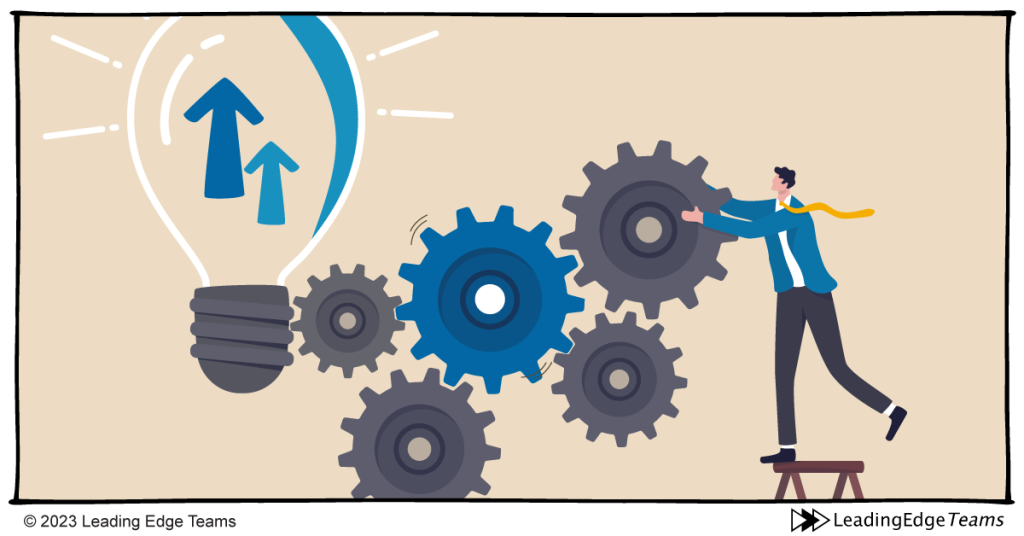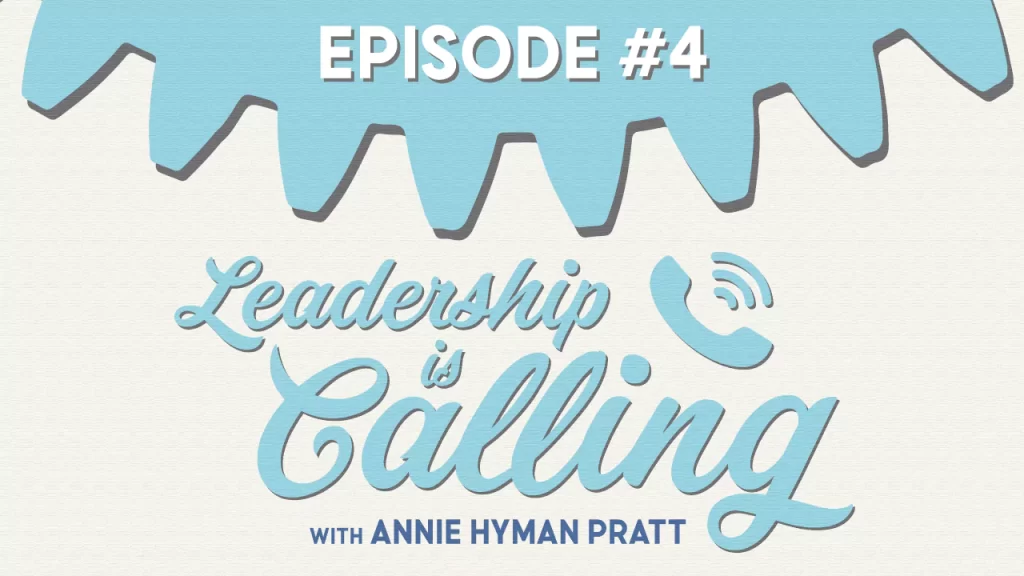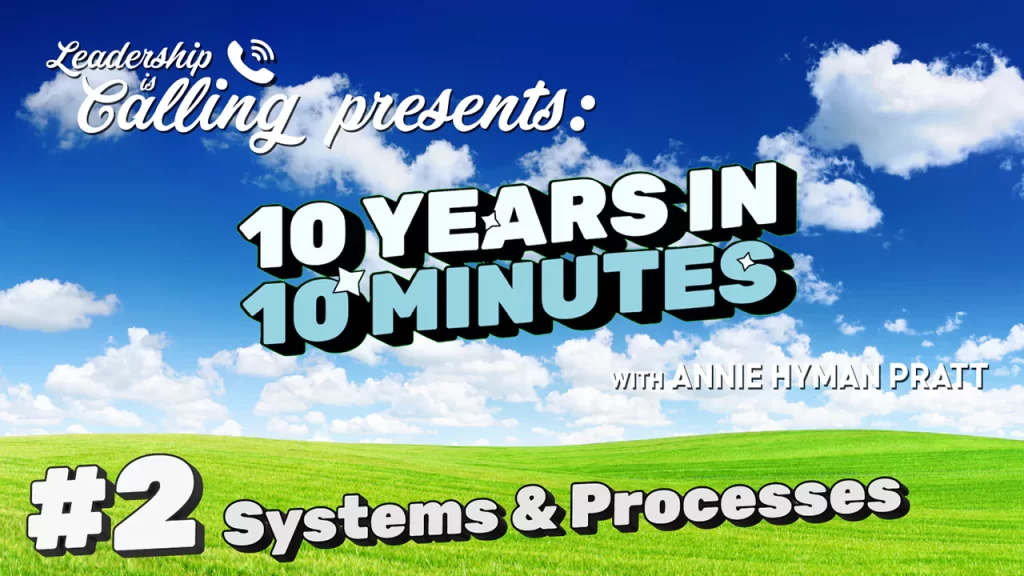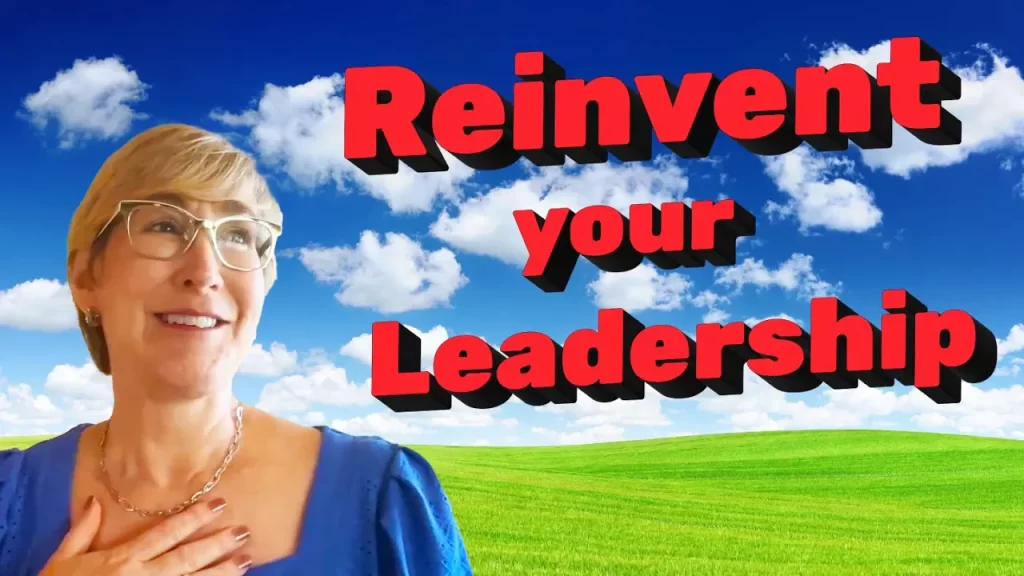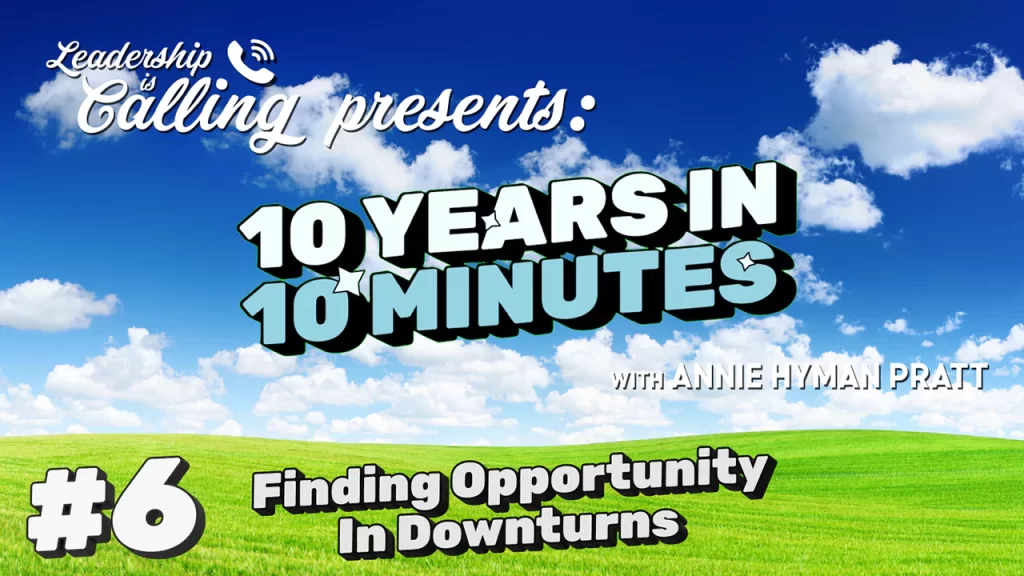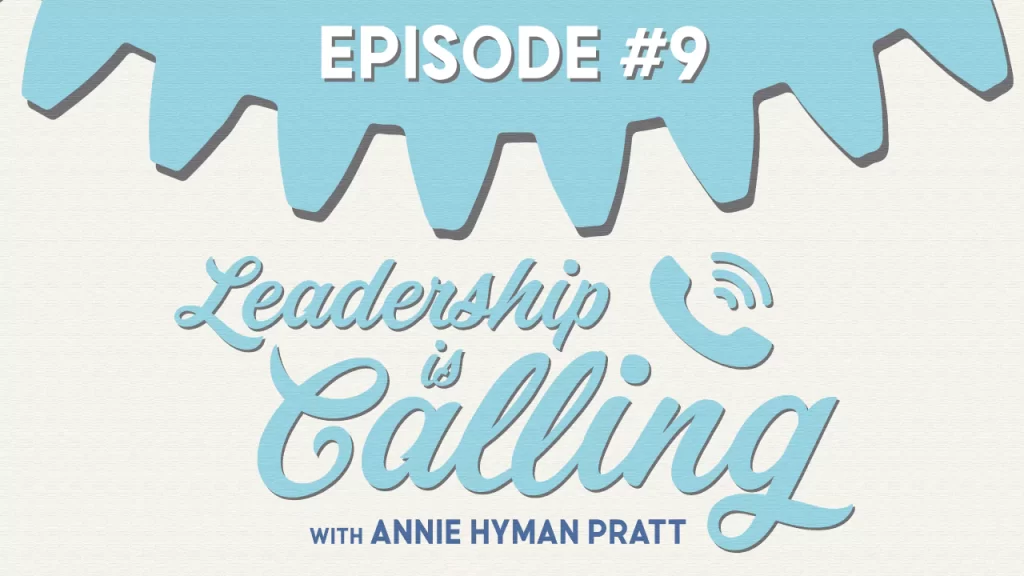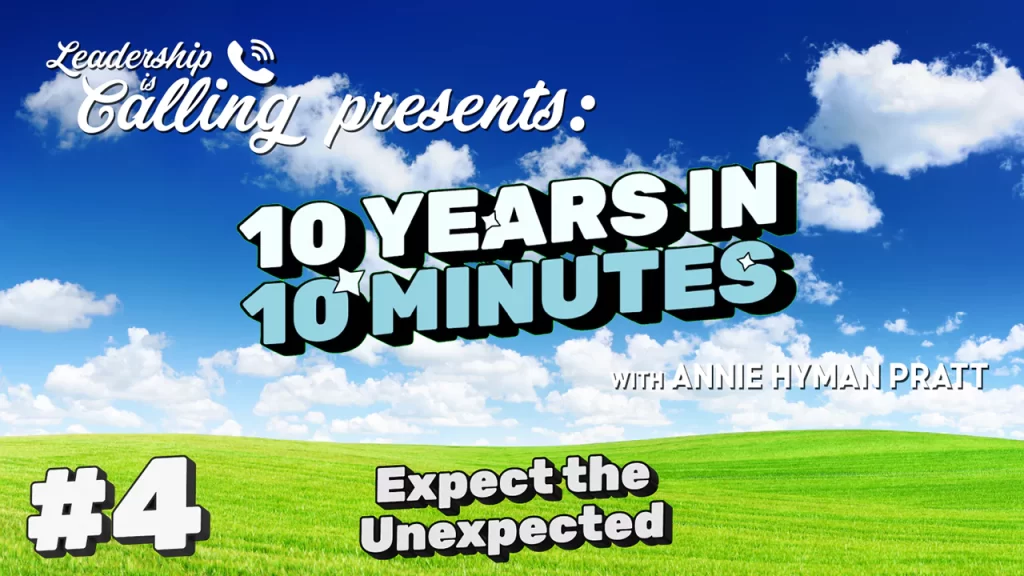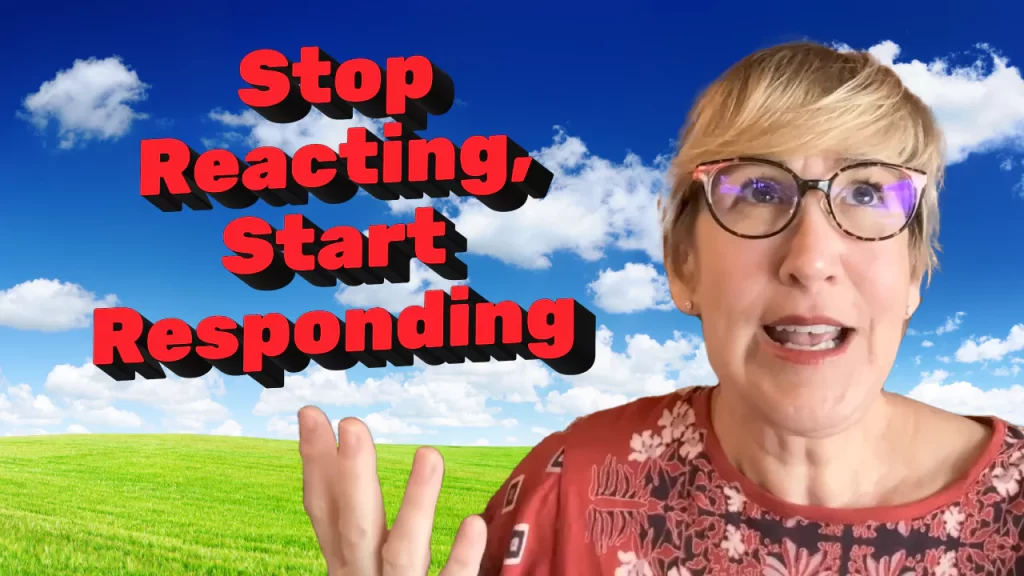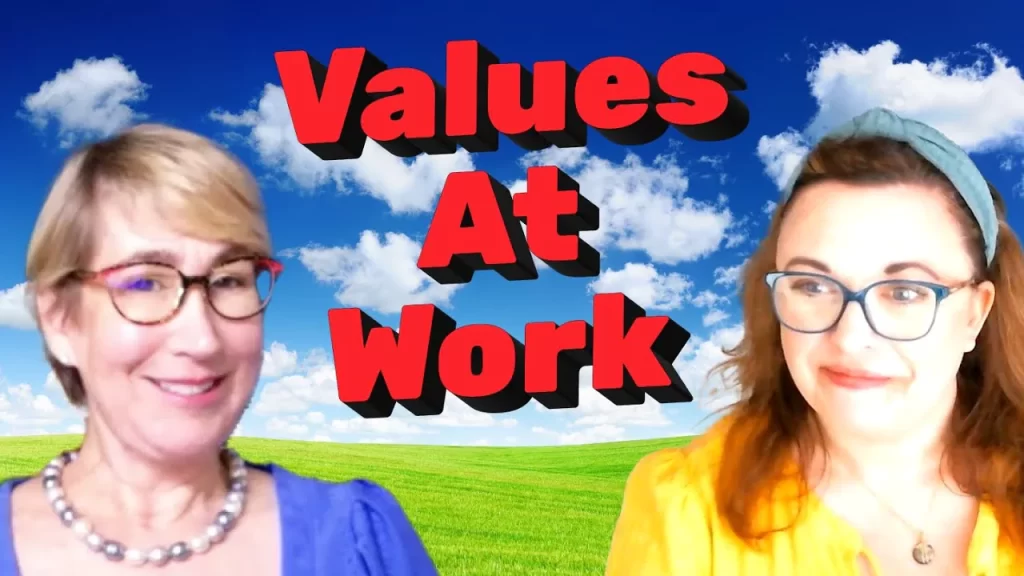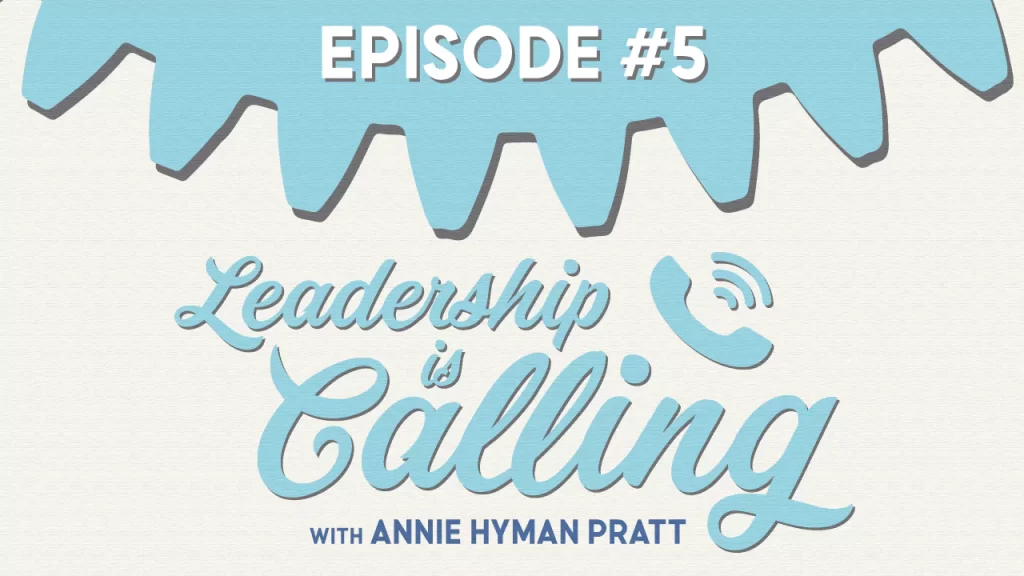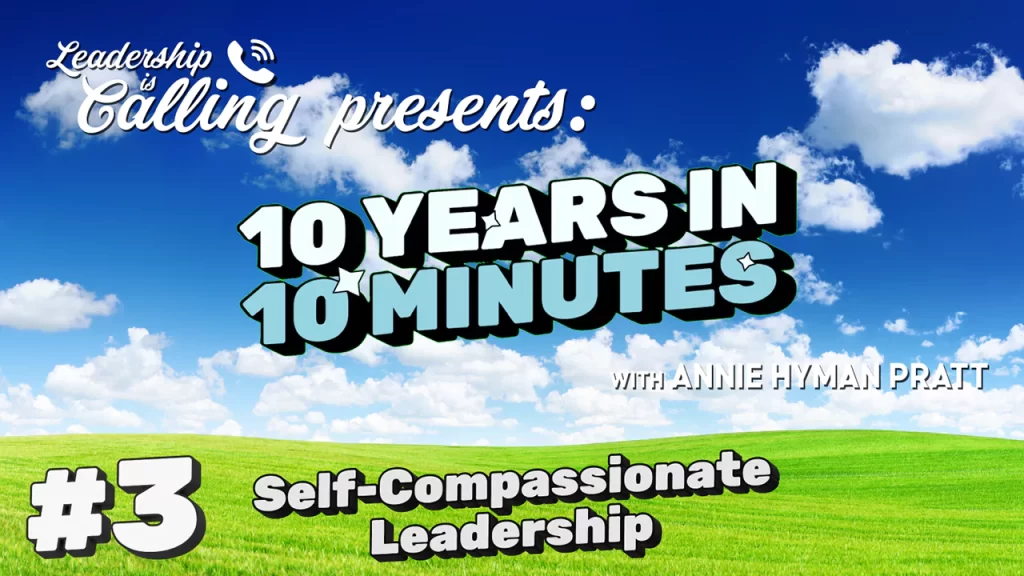Episode #13: Systems & Processes
Leadership is Calling Episode #13, 10 Years in 10 Minutes Series #2
Annie Hyman Pratt
- Description
- Transcript
Streamlining Systems and Processes for Efficient Leadership
“It’s about automating the things that you don’t want your people thinking about so they can think about the things that matter.” – Annie
Leadership is Calling presents, Ten Years in Ten Minutes with Annie Hyman Pratt, a new limited series! In this episode, Annie talks about how systems & processes really benefit a business.
Annie discusses how businesses rely on systems and processes for efficiency, but cautions against using them to replace human thinking and problem-solving. The key is to use systems to automate repetitive tasks, freeing up employees’ time for higher-level work. Leaders should continuously evaluate and adapt processes to support people rather than limiting them.
Key Points
- Systems/processes should free up time for strategic thinking, not replace it
- Processes help skilled people maximize their talents
- Adapt processes when things don’t go as planned
- People are not as predictable as systems
Related Resources
Leadership Skills: The Business Part
Leadership Development Articles: Four Principles that Bring your Org Chart to Life! | How to Create Clear Measurable Outcomes
Downloadable Leadership Tool: The Key Basics of Agreements
Auto-Generated Transcript – unedited version
Streamlining Systems and Processes for Efficient Leadership
I’ve been thinking a lot lately about the things that took me at least 10 years to learn in business and things that I can explain in 10 minutes or less that I think will have a really big impact for leaders in business today. One of them is about systems and processes. Okay, so I think there’s nobody on the planet who doesn’t realize that systems and processes and structure are important to a business. They are. They’re very important, but they’re important for a reason that I think is different from how we normally think of systems and processes.
Okay, so systems and processes we generally think of as giving us more time. Like taking a step-by-step that we do all the time and automating it into a process so that, you know, it goes faster. It’s like we, you know, it definitely takes the thinking out of it. Like we could just, you know, if we could automate everything in business that would be awesome. But here’s where it tends to go wrong: When leaders think of systems and processes as replacing people, that these systems and processes can basically replace the parts that we actually need, which are the thinking parts.
Because systems and processes and structure – I’ll give a couple examples. Like, a structure is like your organizational structure and your roles. One of the reasons that we define that and define roles is so everybody knows what everybody else does on a day-to-day basis, right? What the responsibilities are and we don’t have to keep asking. We don’t have to keep, you know, saying is this still your role today? Like we, you know, we define it and then we know that’s your role until somebody tells us differently. Alright, that is what systems and, you know, what a structure like an org structure is fabulous for.
What it’s not fabulous for is defining everything in the role that that person will ever have to do. That’s just not even possible in business because the things, the tasks that we put down, some of them may be able to go into a bit of a process, but mostly people are going to need to do thinking. What they need the processes and systems and structures for is to support them so they don’t have to think about the things that don’t matter. I mean they matter, but they’re going to get done automatically. Like we can take the thinking out of it and to free our time so that we can focus our thinking on the things that do matter, like the things that don’t go as planned.
Like, let’s say you, you know, your role – you have a role in a company as a marketing leader and suddenly, the whole world changes and now you have to, you know, you were maybe back in 1990, I don’t know, five or so when Google came on board. You know, as a marketing manager you probably wouldn’t need to know it before then and suddenly your role would be redefined because the world keeps changing.
And so why we want systems and processes is to support our thinking. It’s not to take the thinking out of everything. It’s to automate things so that we can actually focus our thinking on the things that really matter. So instead of me trying to think about what, you know, what I’m supposed to be doing every day or what my co- you know, my co-worker is supposed to be doing, I can be thinking about oh my gosh, I’m working on this project and I know this is in my role but it’s not going as planned and it needs a whole new part that isn’t in my role description.
And we need this person to still step forward, take as much responsibility as they can, and you know, and not go to the place of well the, you know, my role description didn’t catch it. Something like that. We need to keep watching those systems and processes for when they don’t go as planned.
So, you know, I definitely meet leaders who want to systematize everything. You know, they’re thinking I know how to do this thing, like maybe it’s like putting on an event or something, and I’m gonna just make it step by step. Okay, so that anybody can do it at any time – that’s a classic one. Okay, so if anybody has ever put on an event, you know that you can have a great plan and a great checklist and things still won’t go according to plan, especially because events involve people and people don’t behave like we want them to behave often.
So we need a system and process not to be able to hire, you know, absolutely anyone – the person who’s never done an event before. We need the system and process so that a person who’s actually good at events can be stellar. And that’s, you know, that’s really how I want people to think about systems and processes. It’s not about just taking away work. It’s about automating the things that you don’t want – that are low leverage – that you don’t want your people thinking about so they can think about the things that matter. And that’s what I wanted to share with you today about systems and processes.
To learn more about this episode’s topic, pick up a copy of my book The People Part.

